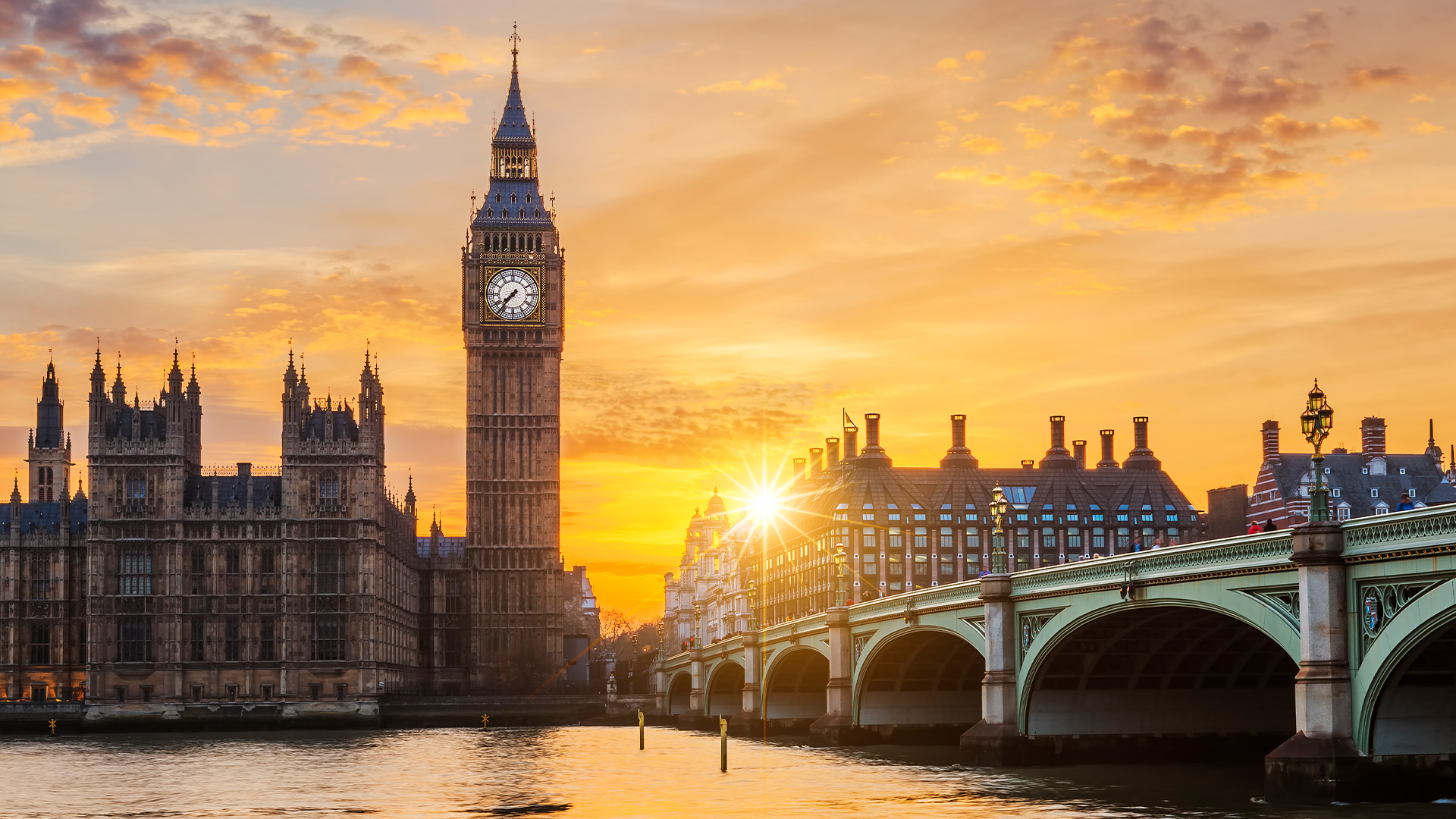A personal view from Ian Stewart, Deloitte’s Chief Economist in the UK.
It says something about the world we’re in that a 9.9% contraction in the UK economy in 2020 is seen as good news by economists. But with the economy expanding by a healthy 1.0% in the fourth quarter of last year, despite November’s lockdown, GDP ended up shrinking slightly less in 2020 than had been feared.
Still, the big story is that the UK economy last year suffered its biggest annual contraction in over 300 years, far worse than anything seen in the Great Depression. A 9.9% decline in GDP is also the largest of any sizeable economy other than Spain. Why has the UK economy been so hard hit by the global pandemic?
Most obviously high levels of infections in the UK have resulted in more severe and sustained restrictions on movement than most other major countries. That has generated a corresponding decline in mobility and economic activity. The UK has had more confirmed COVID-19 deaths as a share of its population than any country other than Slovenia, Belgium and San Marino. Differing national recording practices make such comparisons tricky – that is why excess deaths, the death rate relative to a seasonal norm, are seen as giving a more reliable picture. UK excess deaths during the pandemic exceed every industrialised nation bar Belgium, but are lower than in several middle-income countries including South Africa, Russia and Mexico.
The severity of the pandemic and the UK lockdown explain some but not all of the shortfall in UK GDP. Differences in the composition of GDP, and the way in which public sector output is measured, have also played a part.
As a consumption-heavy economy the UK has been especially badly hit by lockdowns. Consumer spending accounts for 64% of UK GDP, higher than any rich economy other than the US, and far higher than the 53% average for the euro area. Moreover, an unusually high proportion of UK consumer spending, 21%, more than in any G7 nation, goes on so-called socially consumed services such as meals out, leisure activities and holidays. Lockdowns have put paid to such spending, reinforcing the UK downturn.
I thought reduced spending on restaurants and so on might have been offset by increased spending on durables like coffee makers, swivel chairs, monitors, to name three I’ve bought. Yet the latest data, which cover the first nine months of 2020, show that UK consumers reduced spending on durable goods, even as consumers in other G7 countries increased their durable goods purchases.
The final factor in the outsize decline in activity lies in the way in which UK government activity is measured. Gauging public sector output is difficult. How, for instance, can one begin to measure the ‘output’ of the army, the NHS and schools? Most countries get around this problem by using readily available proxies, such as levels of spending and the number of staff. In recent years UK statisticians developed improved measures using actual ‘outputs’, including the numbers of operations carried out and classroom teaching hours. During the pandemic, with hospitals postponing elective surgery and schools closed, this has resulted in sharp declines in the measured ‘output’ of health and education in the UK, even as public expenditure, and numbers employed, have surged. This better captures the experience of patients and pupils in the last year, but with other countries using input measures, it creates a misleadingly depressed picture of UK GDP relative to other rich countries.
There are two implications from all of this.
First, adjusting for differences in the measurement of public sector output UK GDP probably contracted at a similar rate to other, hard-hit European economies, such as France and Italy, last year. Britain has suffered an unprecedented downturn, albeit one that is not wholly out of line with major European peers.
Second, some of the factors that drove the downturn will, in reverse, help lift it. An easing of restrictions would enable consumers to start spending. Overall consumer wealth and savings have risen over the last year and there is a lot of money sitting on the sidelines. Last week the Bank of England’s chief economist Andy Haldane said that UK consumers had amassed some £250bn during the pandemic and the economy could bounce back like a “coiled spring” once restrictions are eased. The reopening of schools and a return to elective surgery should similarly turbo-charge public sector output this year.
Before we get there we have to navigate the current lockdown that we see depressing GDP by 4.1% in the first quarter. But from spring, and assuming restrictions are eased, we see a powerful recovery unfolding, with GDP rebounding by 3.9% in the second quarter and 5.4% in the third quarter.
However you measure it, 2020 was an awful year for UK growth. 2021 is likely to deliver an exceptional rebound.
Source: https://reaction.life/uk-gdp-in-2020-bad-but-not-quite-as-bad-as-it-looks/

